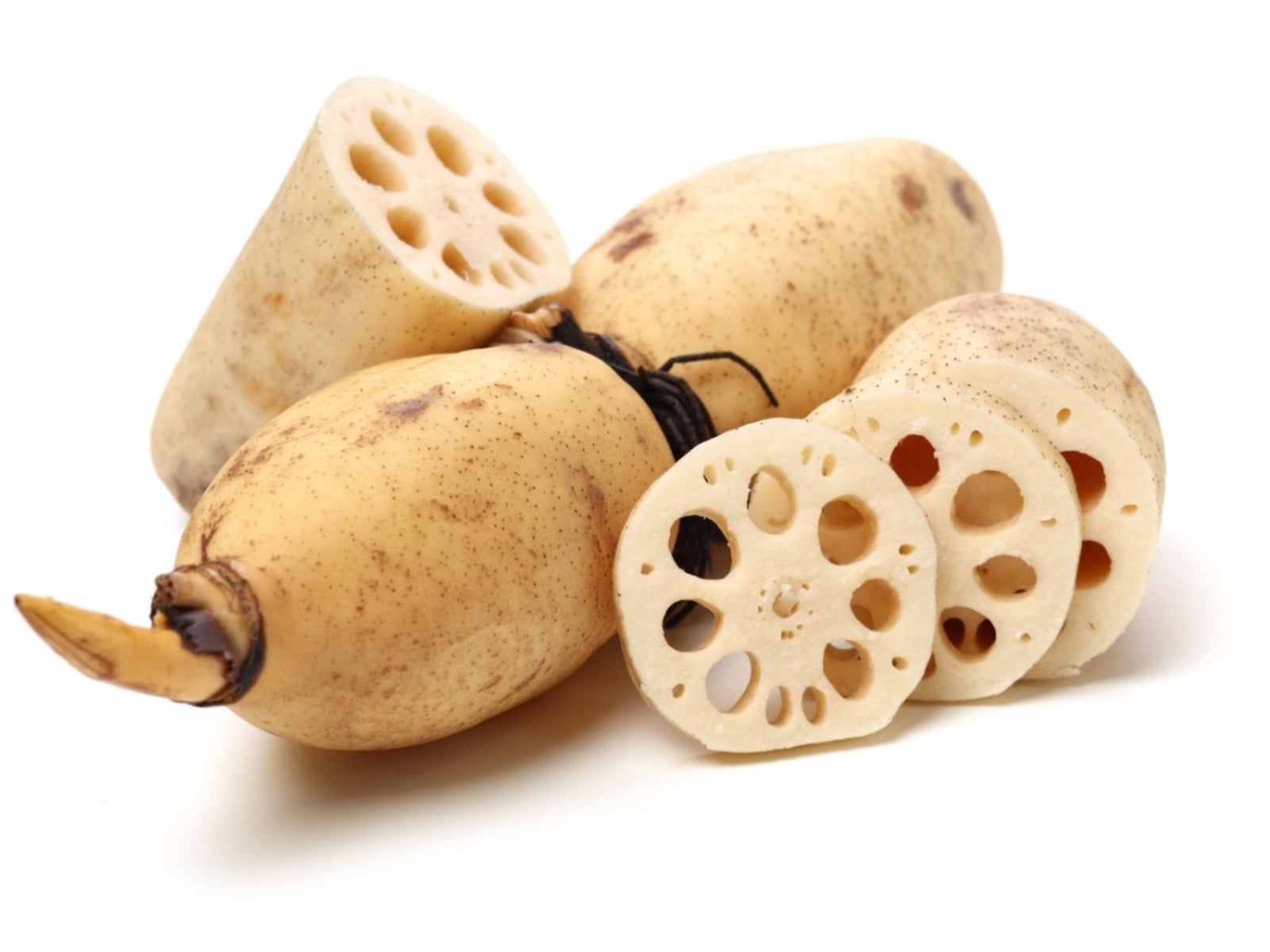Lotus Root Uses – How To Grow Lotus Root For Food


If you have a pond or water feature in a sunny location, you have everything you need for growing lotus root. Commonly known as a water lily, the taproot of Nelumbo nucifera is a good source of fiber and carbohydrates, as well as a number of essential vitamins and minerals. When cultivating lotus root for food, this Asian native is both versatile and delicious.
How to Grow Lotus Root
Cultivating lotus root for food is easy. These low maintenance water plants are hardy in USDA zones 4 to 10. In Northern climates the rhizomatous roots require protection from freezing temperatures. This can be accomplished by sinking roots into deeper water or storing roots inside for the winter.
Follow these simple steps for the summer cultivation of lotus root vegetable:
- Plant lotus root vegetable rhizomes10 to 24 inches (25 to 64 cm.) deep in a sunny pond or water-garden container. Space lotus roots 4 feet (1.2 m.) apart. In Northern climates where freezing is an issue, place the roots in large planting baskets which can be moved to deeper water during the winter.
- Use a humus-rich soil, compost or a mix of loam and manure for growing lotus root.
- Anchor the rhizomatous roots with bags of sand.
- Routinely fertilize this edible water-lily plant.
- Deadhead plants and remove yellowed leaves as needed.
- Check lotus root plants for aphids and red spider mites. If present, spray off the leaves with a strong stream of water. Pond fish can help control these pests.
- When cultivating lotus root for food, lifting and harvesting roots can be done anytime during the year. However, waiting until the foliage begins to die back is recommended as this is the best time to replant the smaller roots.
Lotus Root Uses
All parts of the lotus root plant are edible. The stems are consumed like a green vegetable and the leaves can be substituted for flour-based wraps. But the primary reason for growing lotus root is the starchy tuber.
Young, fresh lotus root has a crunchy texture and sweet flavor when consumed raw. Immature roots can be identified by their white to purplish skin. Older roots turn brown with darker speckles. When harvesting mature lotus root for food, longer cooking times are used to produce a tender starchy vegetable similar to potatoes.
The root of the lotus plant has star-patterned air pockets which adds visual appeal when sliced thin and fried as chips or when added to stir-fry dishes. Like potatoes, the lotus root vegetable can be prepared using a number of cooking techniques:
- Boiling
- Braising
- Deep Frying
- Mashing
- Sautéing
- Steaming
- Stir-frying
Since you’ve worked so hard in the garden this summer we want to show off the fruits (and veggies) of your labor! We invite you to join the Gardening Know How Virtual Harvest Show by submitting photos of your harvest!
Sign up for the Gardening Know How newsletter today and receive a free copy of our e-book "How to Grow Delicious Tomatoes".

Laura Miller has been gardening all her life. Holding a degree in Biology, Nutrition, and Agriculture, Laura's area of expertise is vegetables, herbs, and all things edible. She lives in Ohio.